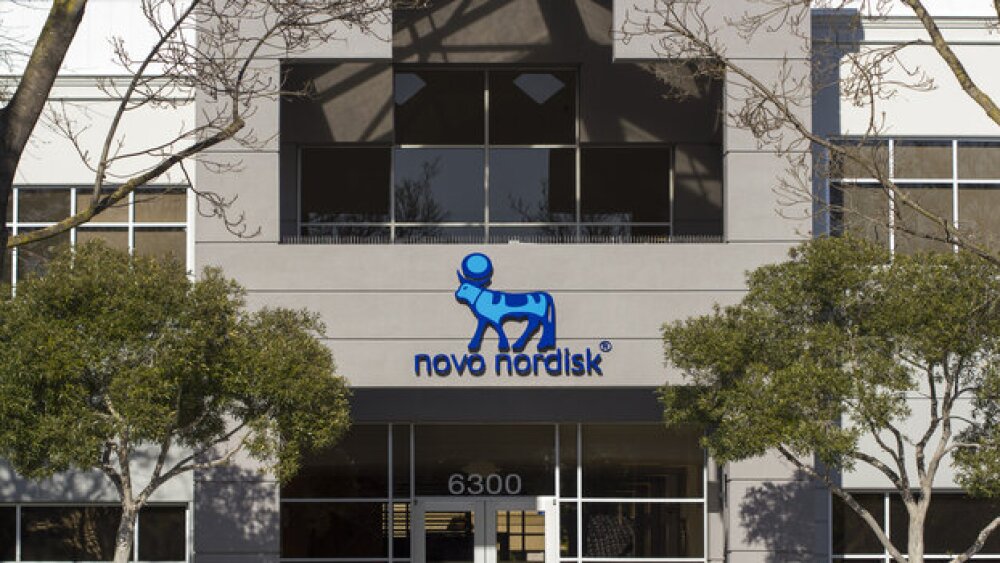The recent announcement of CRISPR Prime, a novel version of the system, addresses the targeting problem and brings CRISPR-based therapy one step closer to reality.
By now we all know the story of CRISPR as well as we know Spider-Man’s origin story. But, in the immortal words of Into the Spider-Verse, let’s do this one last time. The CRISPR-Cas system is a feature of prokaryotes, acting like an immune system. On the genome, clustered regularly interspersed short palindromic repeats (the CRISPR region) contain snippets of DNA harvested from previous invading viruses. These sequences are transcribed into CRISPR RNAs (crRNAs) which bind an enzyme called Cas. There are many types of Cas but they all to same thing: recognize nucleic acids matching the guide crRNA and cut it. So, if a virus enters a cell, its DNA can be recognised quickly and chopped up.
CRISPR was adapted for editing genomes in the early 2010s with obvious applications in research, medicine and agriculture. Two leading groups, Charpentier and Doudna of UC Berkeley and the Zhang group at the Broad Institute, developed the technology for editing different organisms and are still locked in a patent dispute. Since then, CRISPR was lauded as a precision gene-editing tool and several other CRISPR-Cas systems were developed by other groups.
Despite its widespread adoption in the research community, CRISPR is not a perfect system. The big problem with CRISPR is the substantial risk of the guide crRNA binding DNA at the wrong location, leading to inaccurate gene editing and thus hindering its adoption as an effective therapeutic tool. The recent announcement of CRISPR Prime, a novel version of the system, addresses the targeting problem and brings CRISPR-based therapy one step closer to reality.
CRISPR as a therapy
In addition to detection and treatment of cancers, one of CRISPRs greatest applications is in delivering therapeutic genes to those suffering from genetic illnesses like haemophilia and sickle cell anaemia. This method of CRISPR therapy broadly involves using a plasmid or virus to deliver the genetic code for the CRISPR guide sequence with a Cas enzyme, and the desired repair DNA sequence to edit the genome. These genetic changes cannot pass on to the patient’s future children as they do not affect so-called ‘germ line’ cells such as sperm and egg cells.
Inheritability is an important factor in the ethics of CRISPR, not only because gene editing mistakes are difficult to rectify once made, but the definition of “genetically modified organism” relies on precision changes. In the case of gene edited hornless cows made by Recombinetics, an unfortunate oversight in sequencing the DNA after changes were made meant that some of the cows produced had bacterial DNA inserted into their genome rather than a clean deletion of the horn-related gene, thus classifying them as genetically modified organisms. This mistake resulted in the sale of this hornless breed to Brazil being called off. The hornless cows were perfectly healthy, and the tiny fragment of bacterial DNA had no apparent effect, but they were ordered to be destroyed.
Earlier this year, the research community was outraged that CRISPR was used to genetically human DNA, resulting in the birth of twin girls in China. He Jiankui successfully altered a gene associated with HIV infection but which may also have unintended effects. His edit was made in embryos, affecting the germ line cells, meaning that this edit may be present in their progeny. Jiankui was reportedly under house arrest for his involvement but recent talk of Russian scientist Denis Rebrikov doing similar has brought the issue to the fore once again. CRISPR can be used effectively to edit DNA, especially in the lab and in research applications. When it comes to medical applications, DNA mis-integration and off-target cutting of DNA by Cas (which was overblown as a CRISPR cancer scare) highlight that the technology needs to be more precise in where it targets and how it repairs DNA.
Prime for precise DNA editing
In October, the Liu lab at the Broad Institute – already a giant in CRISPR research – announced the development of a more precise version of CRISPR-Cas targeting called CRISPR Prime. The technology works on a similar principle to CRISPR-Cas described in the first paragraph of this article. The big differences are that the Cas9 enzyme only nicks one strand of the DNA and is fused with a reverse transcriptase. This means that Cas9 can effectively start repairing the nicked DNA by itself.
Prime Cas9 is guided by engineered pegRNA, like a normal crRNA guide but with added features. These features include a binding region for the nicked DNA site as well as a repair sequence up to 44 bases long. The reverse transcriptase turns the repair RNA sequence into DNA and attaches it onto the end of the nicked site. Here, the cell’s own repair nucleases take over, removing the original DNA and making it double stranded once more. Cas9 and its pegRNA then target the unaltered strand, making another single break. The cell’s repair nucleases are then forced to use the new, edited strand as the template to fix the mismatch between the strands, resulting in the complete edited double strand of DNA.
Three separate steps of binding occur: first the guide RNA to the DNA strand; then the “prime” sequence to the nicked strand; and finally, the newly synthesized DNA from the RNA strand must bind the matching site on the genome. This makes Prime a much more precise editing system than standard CRISPR-Cas editing. Compared to previous studies in mouse cells, where CRISPR-Cas9 cut off-target to 16 other locations when targeting a specific problematic site, Prime managed only three. With such increased precision, CRISPR Prime is a major step towards getting CRISPR-based therapy into the clinic.
Despite scare stories about cancer risks and the great potential for its misuse, CRISPR is inexorably hurtling towards clinical applications, be they diagnostic or therapeutic. But Prime isn’t the only exciting development. Like the variations on Spider-Man in the Spider-Verse, there is a whole multitude of variations in the CRISPR-verse. CRISPR-Cas13, which naturally targets viral RNA for cutting, has been redeveloped for targeting RNA in animal cells. This allows it to potentially knock down gene expression without affecting the all-important DNA. With new CRISPR systems in nature discovered all the time and the technology to engineer new function in them, the CRISPR adventure is just beginning.





